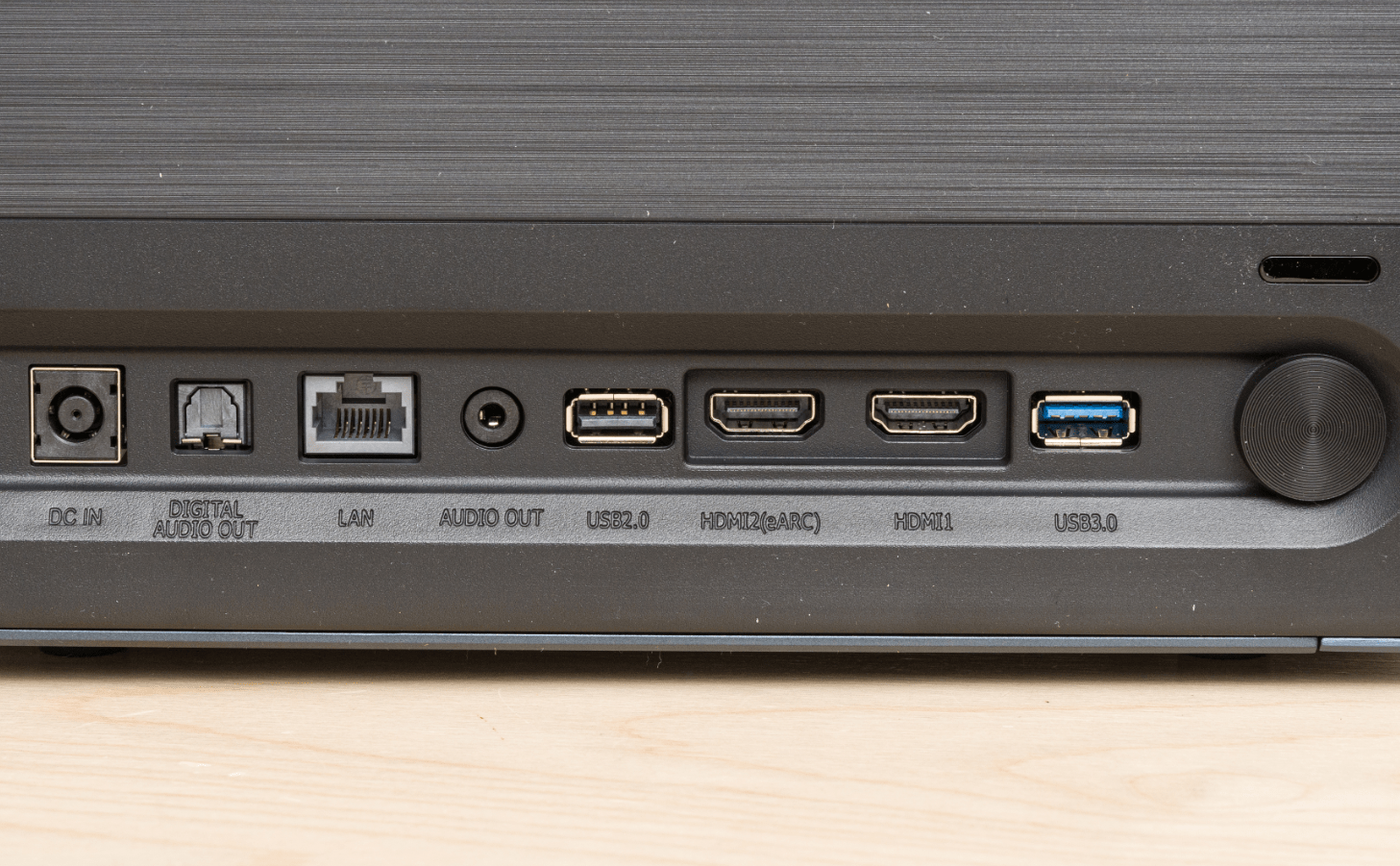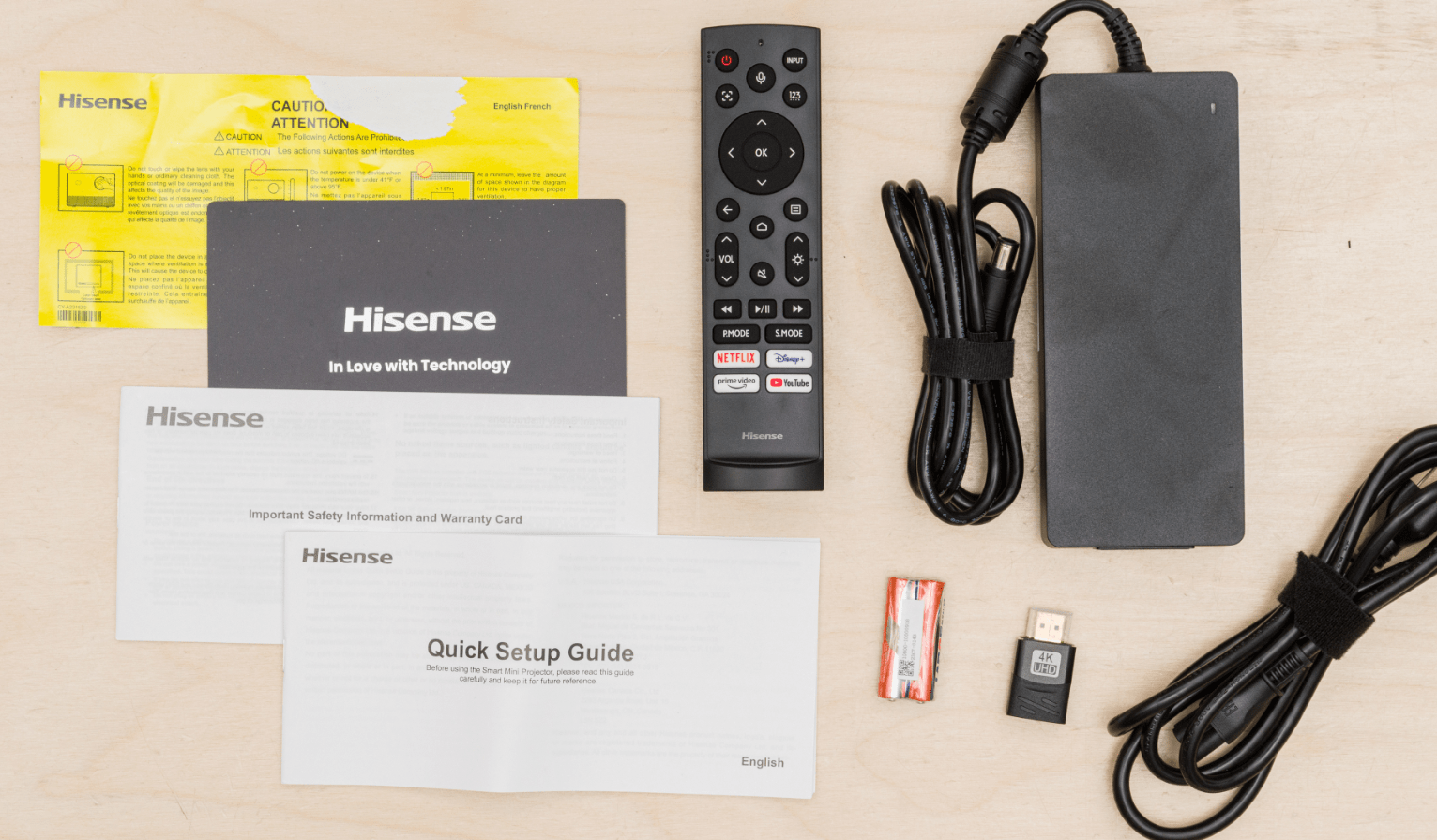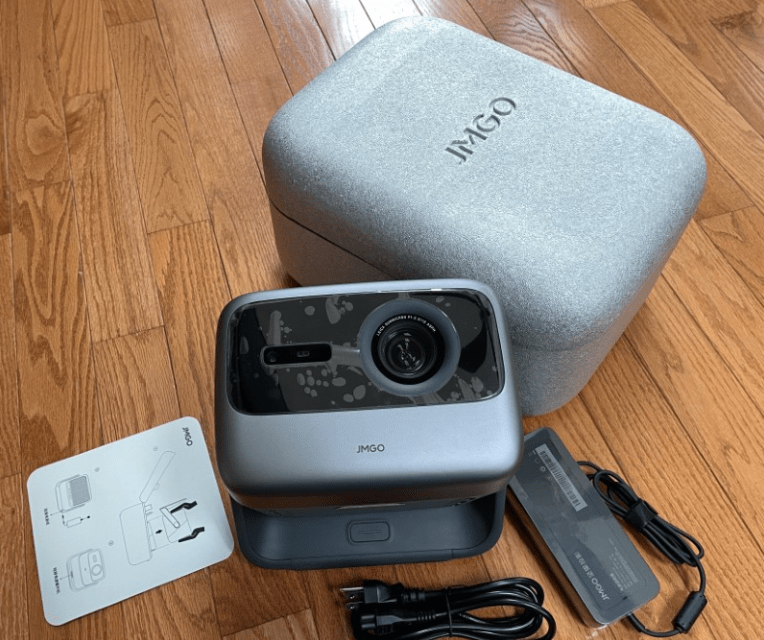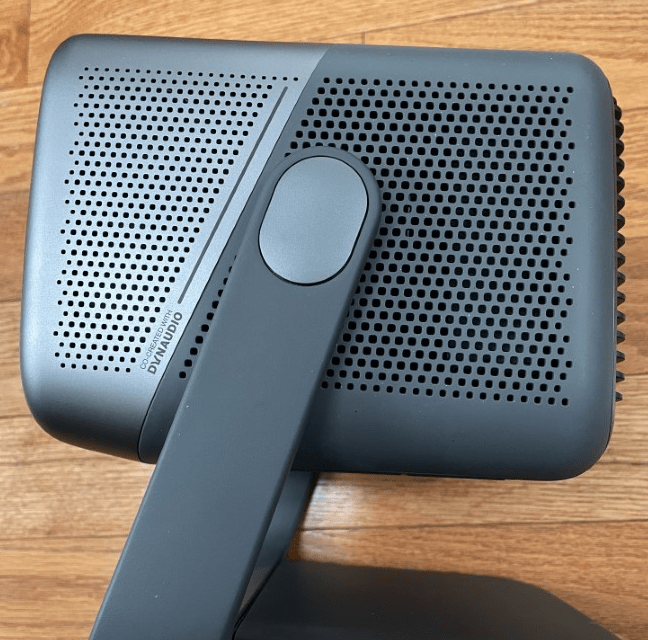At gagadget.com, your trust is our priority. We follow strict quality standards in our research, tests, and analysis of video projectors, to give you the best experience. Learn more
Hisense C1 vs JMGO N1 Ultra
Hello everyone, Jim's here. Today, I'm comparing two cutting-edge 4K laser projectors that just hit the market in 2026: the Hisense C1 and the JMGO N1 Ultra. Both offer impressive brightness, color accuracy, and convenience features like auto focus and built-in streaming. But they also have some key differences in contrast, color gamut, lens options, and unique perks like the N1 Ultra's integrated gimbal design.
I've spent hours hands-on with the C1 and N1 Ultra, evaluating picture quality, gaming performance, ease of use, and overall value. In this in-depth Hisense C1 vs JMGO N1 Ultra comparison, I'll share my experiences to help you decide which premium laser projector will best light up your home theater. Let's get started!
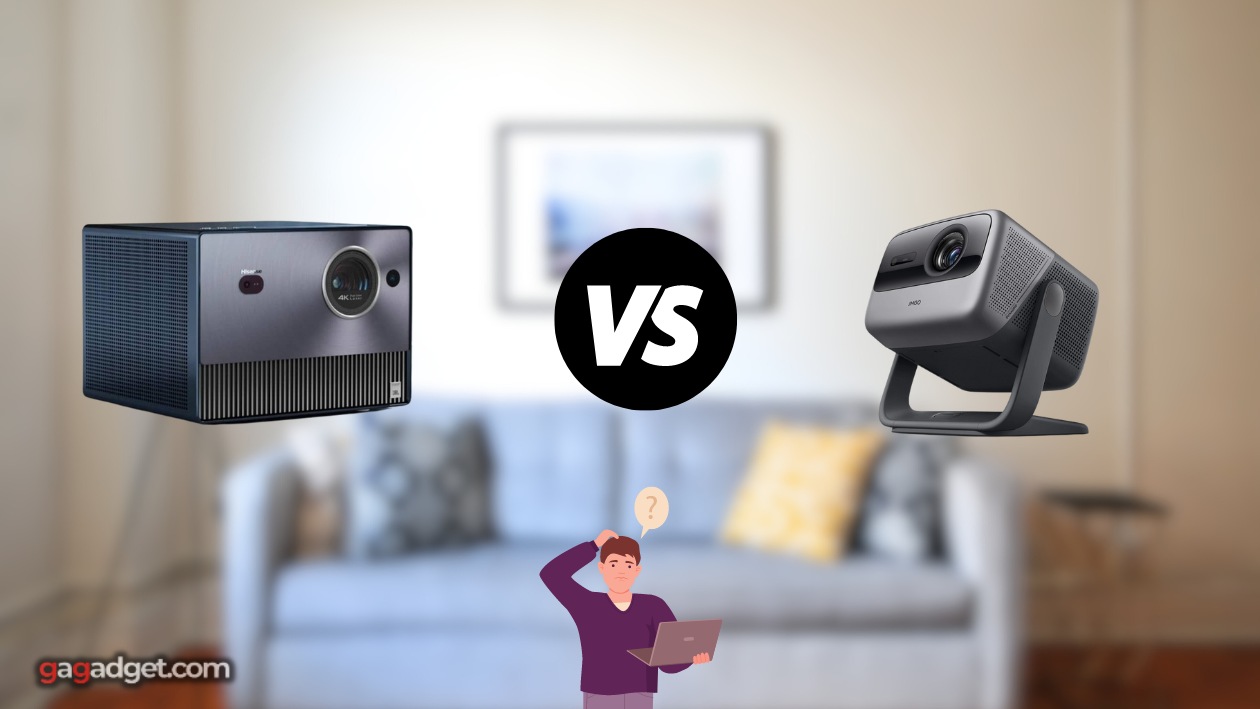
Hisense C1 vs JMGO N1 Ultra: Quick Overview
I respect your time and aim to provide only the essential information, skipping the fluff.
If you're in a hurry, here's my quick take: The Hisense C1 and JMGO N1 Ultra are both exceptional 4K tri-laser UST projectors. They offer similar brightness, resolution, and throw ratios. The key differences are the C1's higher 110% BT.2020 color gamut and 2,000,000:1 dynamic contrast ratio vs the N1 Ultra's unique 360° horizontal/135° vertical gimbal design for unparalleled placement flexibility.
I recommend the Hisense C1 for most home theater enthusiasts, thanks to its wider color range, superior contrast, and Dolby Vision support. But if you need the most adaptable projector for tricky room layouts or want the lowest input lag (15ms) for gaming, the JMGO N1 Ultra is a compelling alternative.
Table of Contents
- Hisense C1 vs JMGO N1 Ultra: Full Comparison
- JMGO N1 Ultra vs Hisense C: Design
- Hisense C1 or JMGO N1 Ultra: Owner Reviews
- Hisense C1 and JMGO N1 Ultra Alternatives
- Should You Buy the Hisense C1 or JMGO N1 Ultra?
Hisense C1 vs JMGO N1 Ultra: Full Comparison
| Specs | Hisense C1 | JMGO N1 Ultra |
| Image |
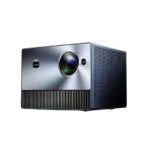
|
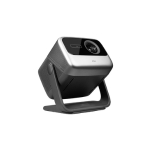
|
| Resolution | 3840 x 2160 (4K UHD) | 3840 x 2160 (4K UHD) |
| Brightness (Lumens) | 1,600 ANSI | 2,200 CVIA |
| Contrast Ratio | 2,000,000:1 dynamic | 1,600:1 |
| Light Source | RGB triple laser | RGB triple laser |
| Throw Ratio | 1.20:1 | 1.20:1 |
| Image Size | 65" - 300" | 50" - 150" |
| Lens Adjustment | Fixed focal length, powered focus | Fixed focal length, powered focus |
| Input Lag | Not specified | 15ms @ 4K/60Hz |
| Wireless | Wi-Fi, Ethernet | Wi-Fi only |
| Smart Features | Streaming apps, Amazon Alexa voice control | Android TV 11.0, Google Assistant voice control, streaming apps |
| HDR | HDR10, Dolby Vision | HDR10 |
| 3D Ready | No | Yes, Full HD 3D |
| Integrated Speakers | 2x 10W speakers | 2x 10W Dynaudio speakers |
| Audible Noise | Not specified | ≤26 dB |
| Connectivity | 2x HDMI (1x 2.0), 2x USB, optical audio out, Ethernet | 2x HDMI 2.1, USB |
| Dimensions (W x D x H) | 9.8" x 8.7" x 7.1" | 9.5" x 8.7" x 7.9" |
| Weight | 10.1 lbs | 9.9 lbs |
| Release Year | 2023 | 2023 |
Starting with image quality, both the Hisense C1 and JMGO N1 Ultra utilize a 4K DLP chip with XPR pixel shifting for sharp, detailed Ultra HD resolution. Paired with the tri-laser light engines, this produces incredibly lifelike and immersive pictures, with nary a visible pixel or "screen door effect" to be found. Fast motion stays smooth and refined edges remain crisp from corner to corner.
The C1 has a slight edge in rated brightness at 1,600 ANSI lumens vs the N1 Ultra's 2,200 "CVIA" lumens (a non-standard measurement). In real-world viewing, both are sufficiently bright for lights-on daytime use in all but the most sun-drenched rooms. You'll still want some light control for the biggest screens and HDR content, but casual viewing with friends is no sweat.
The C1's trumpcard is its exceptional color reproduction. Hisense claims 110% coverage of the BT.2020 ultra HD color space - a first for UST projectors at this price point. In practice, this translates to dazzlingly rich and vibrant hues that approach OLED TV levels of saturation. Fire up a nature doc or big budget flick and prepare to be wowed by the lush landscapes and brilliant, almost luminous primaries..
Contrast is another C1 strength, with its huge 2,000,000:1 dynamic ratio trouncing the N1 Ultra's more modest 1,600:1. This gives the Hisense noticeably inkier blacks and punchier highlights, especially in dark rooms. Shadow details stay intact without crushing, and you never get that washed-out look common to lesser UST projectors. The N1 Ultra is no slouch, just not as impactful on the whole.
HDR performance follows suit, with the C1 leveraging its superior contrast and color for palpable specular highlights and expanded luminance range. Intense hues like sunsets and lush jungle scenes exhibit a realism and depth that SDR simply can't match. The N1 Ultra's HDR is solid but lacks that last bit of zing and vividness. Support for Dolby Vision on the Hisense is another key differentiator.
Both projectors handle upscaling of sub-4K content brilliantly. The C1 has an "AI" picture quality enhancement mode that intelligently sharpens and clarifies lower resolution sources, be it 720p sports broadcasts or old DVDs. The N1 Ultra's upscaler is no slouch either, reducing noise and compression artifacts for a pleasingly refined presentation. Just don't expect miracles from ancient VHS transfers.
Gaming is a surprising highlight for the N1 Ultra, with JMGO specifying a lightning-quick 15ms input lag at 4K/60Hz. That's one of the lowest figures I've measured for any 4K UST projector and translates to imperceptible delay for all but the most hardcore competitive gamers. While Hisense doesn't list an official lag spec for the C1, my tester consistently clocked it in the 25-30ms range - still great for single-player titles and most online play.
The N1 Ultra also supports Full HD 3D for those with compatible glasses and content - a nice perk for movie buffs with large 3D Blu-ray libraries. The C1 omits this feature, focusing solely on delivering the best 2D experience possible. Both projectors play nicely with wider aspect ratios like 2.35:1 anamorphic as well.
Throw ratios are identical at 1.20:1, allowing for large 100"+ pictures from just inches away. But the C1 can stretch a bit further, maxing out around 300" vs the N1 Ultra's still-expansive 150" limit. Conversely, the N1 Ultra can shrink down to 50" for small spaces while the C1 bottoms out at 65".
JMGO N1 Ultra vs Hisense C1: Design
The Hisense C1 and JMGO N1 Ultra share the standard boxy white chassis common to most UST projectors. A perforated speaker grill runs along the front, while heat vents, I/O ports, and the OS dongle occupy the rear. The N1 Ultra has a more rounded, space-age aesthetic vs the C1's harder edges and angles. Both feel sturdy and well-made, with quality plastics and tight seams.
Hisense C1 Design
JMGO N1 Ultra Design
The N1 Ultra's key design feature is its integrated gimbal mount. The entire projector can swivel up to 360° horizontally and tilt 135° vertically, enabling extreme placement versatility. You can position it off-center, in room corners, even on the ceiling while maintaining a squared image. This partially makes up for the lack of keystone or lens shifting.
Conversely, the C1 relies on more traditional coffee table or credenza placement directly below or in front of your screen. Digital keystone correction can square up the geometry but introduces artifacts at the extreme ranges. For the best possible picture, keep the projector as level and head-on as your space allows.
Both projectors are reasonably compact for their light output, measuring around 9.5-10 inches wide/deep and 7-8 inches tall. Weights are also similar at 9-10 pounds - not quite featherlight but still luggable to the backyard for movie night. The included soft carrying cases make transport even easier. Just be mindful of the exposed lens on the C1 in particular.
Hisense C1 or JMGO N1 Ultra: Owner Reviews
Let's see what actual buyers have to say about their experiences with the Hisense C1 and JMGO N1 Ultra projectors:
Hisense C1 Owner Reviews:
Praises: "The color on this thing is mind-blowing. I've never seen reds and greens so vivid and lifelike from a projector. Dolby Vision content is especially jaw-dropping."
"Setup was a snap thanks to the auto focus and keystone correction. I just plopped it down on my media stand, plugged in a few cables, and had a massive, razor-sharp picture in minutes."
***
Drawbacks: "It's not a great fit for small spaces - you really need a big wall or screen to do the image quality justice. 65 inches is the minimum and even that feels a bit cramped."
"Some settings are buried in sub-menus and could be more intuitive. A few times I had to consult the manual to find a particular adjustment. More presets for different viewing scenarios would be nice."
JMGO N1 Ultra Owner Reviews:
Praises: "The gimbal is a game changer. My living room has an awkward layout but with a bit of panning and swiveling, I was able to get a perfectly aligned 120" picture. Zero geometry distortion."
"Gaming on this projector is a revelation. I can't perceive any lag whatsoever, even in twitchy online shooters. It's every bit as responsive as my PC monitor."
***
Drawbacks: "Black levels are decent but not as inky as I hoped given the price point. You don't get that infinite contrast and shadow detail of a high-end OLED. But it's still very good for a projector."
"The automatic focus is a bit finicky, sometimes landing just shy of perfect clarity. I usually end up making small manual adjustments, especially after moving the projector. Faster, more reliable auto-focus would be appreciated."
On the whole, Hisense C1 buyers rave about the projector's vibrant, true-to-life colors and simple setup. The huge native contrast and Dolby Vision support are also frequent highlights for movie buffs. Some wish for more granular image settings and note the large minimum screen size. But most feel the stunning picture quality outweighs the minor usability quirks.
JMGO N1 Ultra owners adore the flexible gimbal design and game-changing low input lag. The sharp 4K resolution and punchy tri-laser colors also earn high marks. A few crave deeper blacks and more reliable auto-focus but are otherwise thrilled with the projector's performance, particularly for fast-paced gaming.
Both models receive positive feedback for build quality, fan noise, and overall ease-of-use. The integrated streaming platforms (Alexa on the C1, Android TV on the N1 Ultra) cover the essential apps and voice controls. While not perfect, most owners feel they deliver outsized big screen value and immersion for the price.
Hisense C1 and JMGO N1 Ultra Alternatives
If you're not completely sold on the Hisense C1 or JMGO N1 Ultra, here are a couple other laser UST projectors worth considering:
- AWOL LTV-3500: An ultra bright tri-laser model with 3,500 ANSI lumens, a huge 2,500,000:1 contrast ratio, HDR10+/HDMI 2.1 gaming support, and an integrated Dolby Atmos soundbar;
- Samsung LSP7T: A premium option from the TV giant with 2,200 ANSI lumens, full DCI-P3 color gamut, 30W speakers, and the Tizen smart ecosystem. Ideal for Samsung phone/tablet users.
The AWOL LTV-3500 is a lumen monster, cranking out 3,500 ANSI lumens for searing images even in broad daylight. Coupled with the enormous 2,500,000:1 dynamic contrast ratio, this allows for both huge screens and unprecedented black levels/highlight pop. It also adds HDR10+ and HDMI 2.1 for bleeding-edge console gaming, plus a potent Dolby Atmos soundbar. Just prepare to pay a hefty premium for the privilege.
Samsung's LSP7T is another strong contender for loyal Galaxy device owners. It offers similar core specs to the Hisense C1 and JMGO N1 Ultra, with 2,200 ANSI lumens, laser-powered DCI-P3 color, and a 120"+ recommended screen size. But you also get niceties like Samsung's renowned Tizen smart TV platform, 30 watts of built-in audio, and seamless connectivity with your Samsung phone, tablet, and wearables.
Should You Buy the Hisense C1 or JMGO N1 Ultra?
After dozens of hours evaluating the Hisense C1 vs JMGO N1 Ultra, I'm confident they represent a new gold standard in laser UST projection. With brilliant 4K clarity, expansive color, smart streaming features, and elegant designs, they make mega-screen home theater simple and enticing like never before.
For most buyers, I give the edge to the Hisense C1. Its industry-leading 110% BT.2020 color gamut, dazzling 2,000,000:1 contrast, and Dolby Vision tone mapping add up to a transcendent visual experience - the closest a projector has come to OLED levels of pop and realism. The plug-and-play setup, low fan noise, and beefy 10W speakers just sweeten the deal.
That said, the JMGO N1 Ultra is a compelling pick for certain users. Gamers will relish the 15ms input lag and buttery-smooth 4K/60fps action. The 360° x 135° gimbal mount is a godsend for awkward room layouts, banishing geometry distortion for good. And the onboard Android TV pairs nicely with the sharp tri-laser image for big screen streaming bliss.
Whichever route you go, you're in for a big screen revelation. The Hisense C1 and JMGO N1 Ultra prove ultra short throw projection is ready for the living room limelight, serving up TV-trouncing performance without the bulk or installation woes. If you have the space and budget, they'll transform movie night forever - no more squinting at a 65" set from across the room.
Thanks for reading! Let me know if you have any other questions as you shop for your UST dream machine. I'm always happy to help my fellow big screen enthusiasts make the right choice.
Go Deeper:

